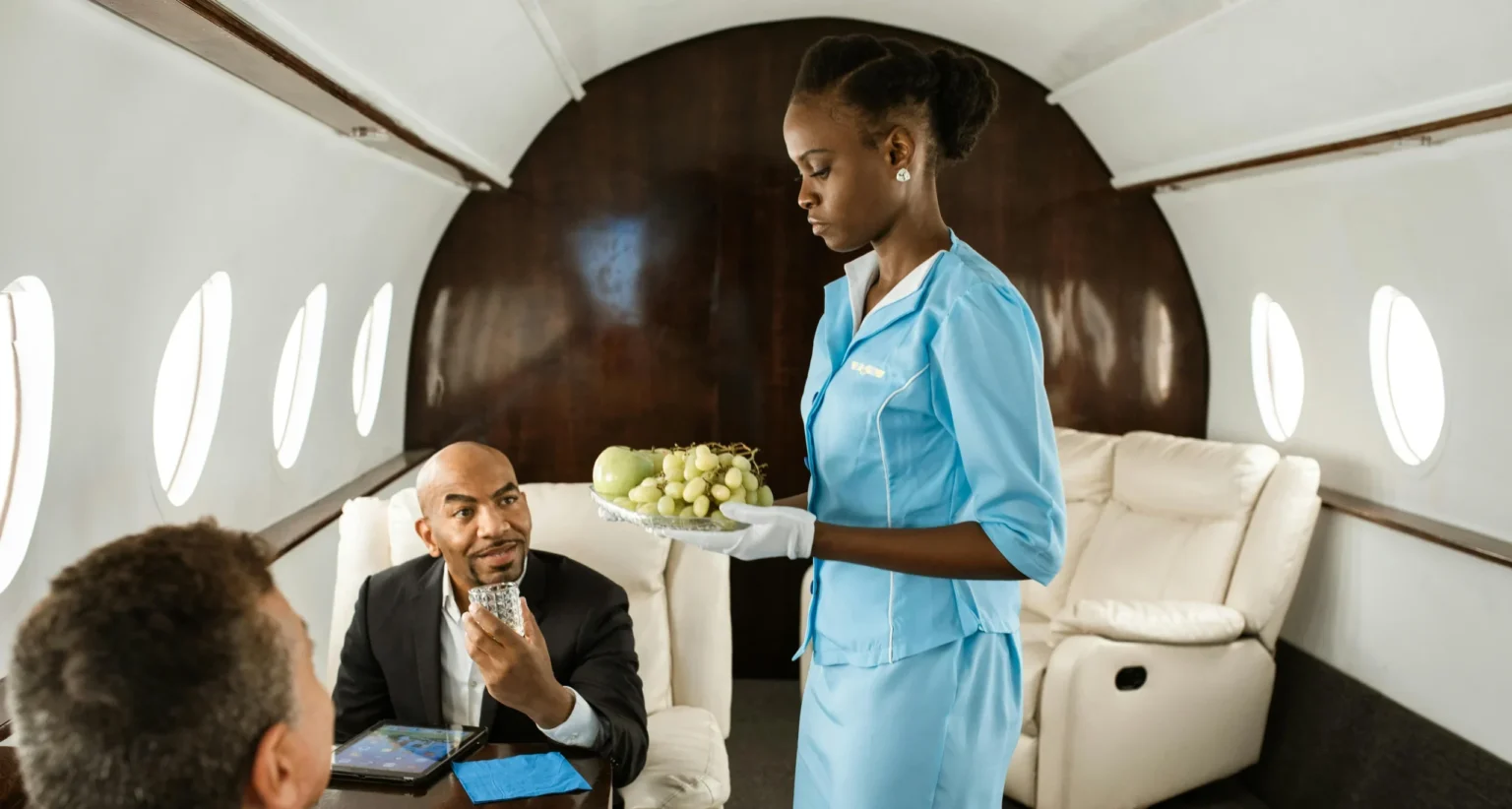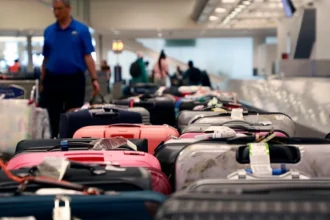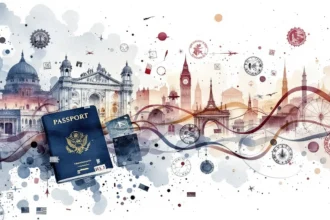Ever wondered why that chicken dinner at 30,000 feet tastes like cardboard? It’s not just in your head—modern science proves it’s the entire cabin environment working against your taste buds. Here’s everything you need to know about airplane food and how to enjoy better flavors in the sky.
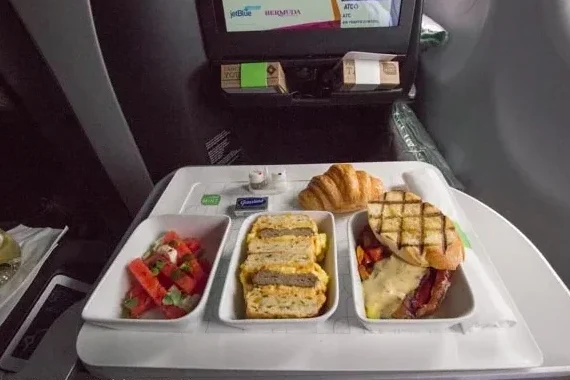
Dry Cabin Air = Flavor Drain
Airplane cabins are uncomfortably dry—humidity often ranges around 10–15%, even lower than desert levels. That lack of moisture dries out your nasal passages, which in turn compromises your sense of smell—a key player in flavor perception. Studies show your ability to detect saltiness drops by up to 30%, and sweetness by 20% at altitude.
Pressurized Cabin, Suppressed Taste
Cabin pressure mimics roughly 6,000–8,000 feet above sea level. That reduced pressure lowers the volatility of odor molecules, making foods taste flatter—similar to eating with a cold.
Engine Noise Mutes Flavor
With ambient noise levels reaching 80–95 decibels, planes are pests for flavor. Research indicates noise dulls your perception of sweet and salty tastes, while boosting umami—that savory, rich flavor.
These conditions explain why tomato-rich dishes—like a Bloody Mary—often taste better mid-air. Umami holds up well, directly resisting the flavor fade others succumb to.
Reheated Meals Fall Short
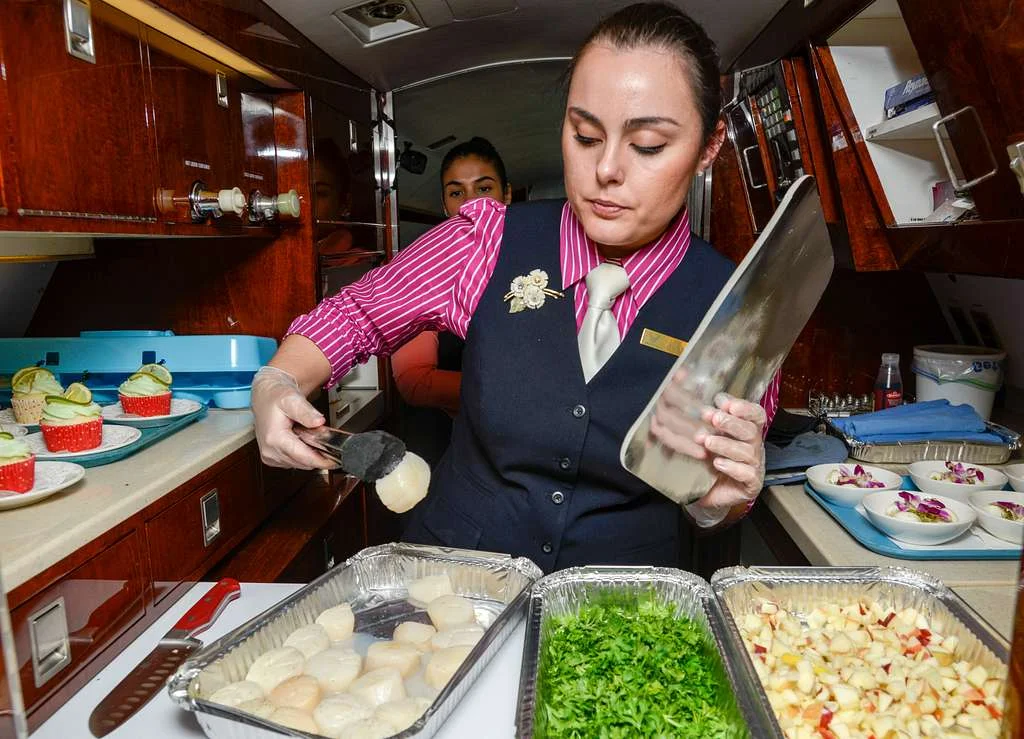
Meals are pre-cooked, cooled, stored, then reheated onboard, robbing them of texture and depth. Fried foods lose crispness, sauces separate, and meats often turn rubbery.
Sensory Science in Action
Research from Lufthansa and Fraunhofer found that even in controlled pressurized and noisy chambers, bitterness, sourness, and umami hold up—while sweet and salty degrade. Oxford scientists also confirm that environments shape taste: background noise affects how our chorda tympani nerve transmits flavors.
Airlines Adapt to Altitude
In response to these challenges, airlines are experimenting:
- Lufthansa, Delta, British Airways boost seasoning—adding 20–30% more salt and sugar to compensate.
- Alaska Airlines partnered with Stumptown Coffee and Fremont Brewing to develop altitude-friendly drinks, removing dark malts and boosting citrus hops to preserve freshness.
- Premium food menus from JetBlue Mint, Singapore Airlines, and Qantas are crafted by expert chefs with in-flight flavor in mind.
Lesser-Known Flavor Hacks
- Noise-canceling headphones lift overall taste perception—especially sweetness.
- Choose umami-rich foods: Think soy sauce dishes, mushrooms, tomato, Parmesan, beef stew.
- Skip ice and drinks made from tap water, which may be stale or contaminated.
- Stay hydrated; dry air weakens flavor receptors. Drink water frequently.
- Enjoy pasta or citrus fruits, which retain flavor even when sensory perception is low.
Tips to Eat Better in Flight
- Bring your own snacks: Packs of nuts, dried fruit, or cheese travel well and taste better aloft.
- Pack sauces or spice packets to liven up your meal.
- Timing matters: Wait until ascent or descent noise levels drop to eat comfortably.
- Upgrade if you can: Premium meals often use better ingredients and more skillful reheating techniques.
- Lean into umami: Tomato soup, curries, miso—these flavors punch through.
A Century of Evolution
In-flight dining once offered hot meals with silverware in the 1930s. But jet travel prompted standardization: meals precooked and mass-reheated to maintain schedules and budgets.
Even Concorde’s luxury meals couldn’t escape altitude effects—though passengers treasured the novelty of dining above the clouds.
Final Takeaway
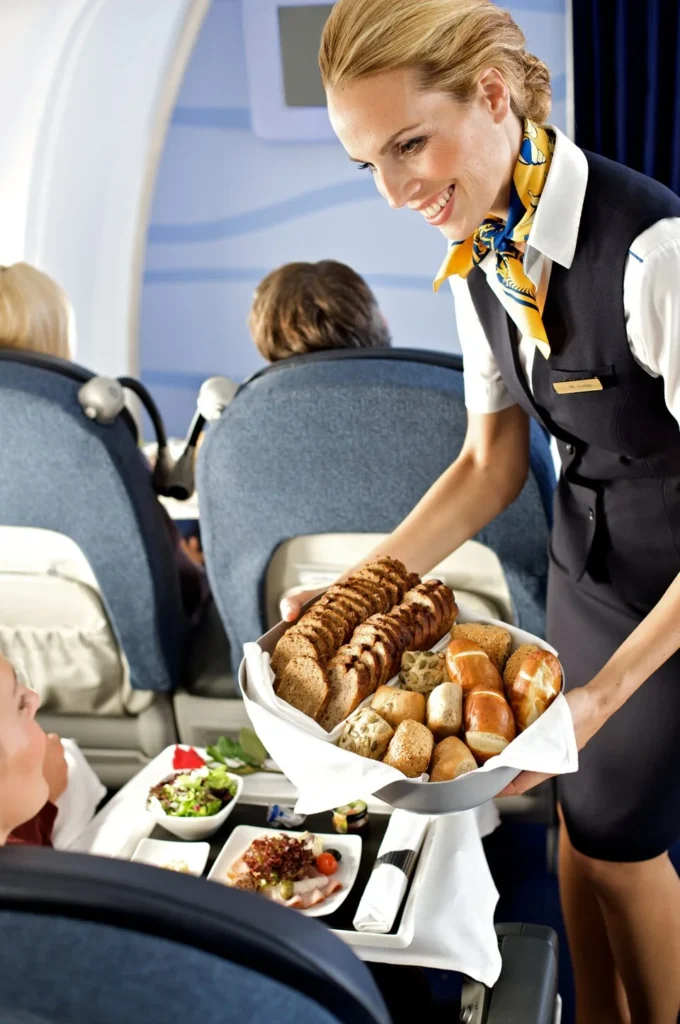
The bland reputation of airplane food isn’t just airline incompetence—it’s built into altitude, cabin conditions, and necessary logistics. But through savvy choices—opt for umami, bring your own snacks, use noise-canceling headphones—you can enjoy much more than bland cardboard trays.
So next flight, prep with purpose—and don’t settle for subpar sky cuisine.

